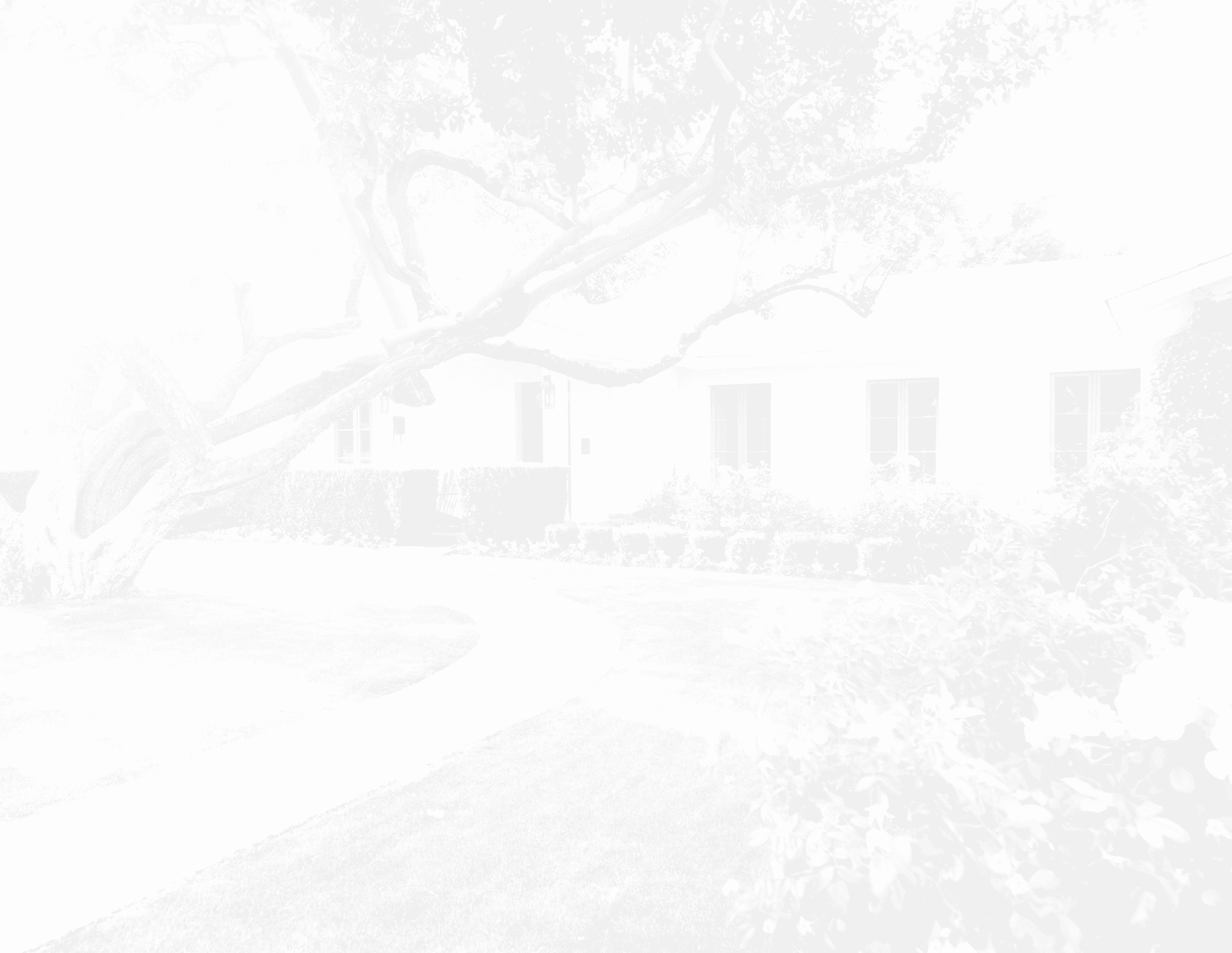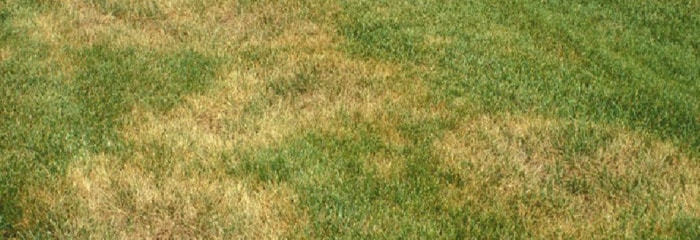We understand that trust is grown through the results we deliver.
Our technicians help identify and treat lawn diseases, like: brown patch, dollar spot, fairy ring, gray leaf spot fungus, rust, powdery mildew and spring dead spot.
Know how to protect your lawn’s health.
Avoid disease destruction with these brown patch tips.
Schedule my estimate
Brown Patch Lawn Disease
The beauty of a lawn can be quickly destroyed by brown patch (Rhizoctonia species), a serious fungal disease that can affect turfgrass. There are no turfgrass species entirely resistant to brown patch currently available, so it is very important for your entire lawn’s health to get treatment as soon as you notice any signs of brown patch disease.
The lawn treatment service professionals at Fairway Lawns can help treat brown patch and get your lawn back to looking its best! Contact us today!

Grasses Commonly Affected
Brown patch, also called large patch, can develop rapidly when temperatures are warm (75 to 90 °F) and humid, especially on cool-season grasses (fescue, ryegrass, and bluegrass). It can also occur on these grasses during warmer periods of the winter months. Warm-season grasses (St. Augustine grass, zoysia grass, bermuda grass, and centipede grass) are most commonly affected by brown patch during the early spring and late fall.
Brown patch is the most common and important disease of tall fescue. In most cases, affected areas are able to recover, but tall fescue lawns less than a year old can be completely killed.
Common Signs of Brown Patch
Symptoms of this lawn disease may vary greatly with the type of grass and soil conditions.
- The disease usually causes thinned patches of light brown grass that are roughly circular in shape.
- When disease conditions are favorable, large areas of the lawn may be uniformly thinned and eventually killed with no circular patch being evident. This type of pattern is commonly seen on infected St. Augustine grass grown in shady, moist locations.
- Close inspection of cool-season grass blades reveals small, irregular, tan leaf spots with dark-brown borders.
- These areas range in diameter from a few inches to several feet. Often the center of the patch will recover, resulting in a doughnut-shaped pattern.
- Infected warm-season grasses rarely have leaf spots but instead have rotted leaf sheaths near the soil surface.
Prevention and Treatment of Brown Patch
The best way to prevent brown patch in the home lawn is by following good lawn care practices. This is much easier and less expensive than the use of fungicides and can be very effective.
Here are some tips for avoiding and managing Brown Patch Lawn Disease:
- Avoid high rates of nitrogen fertilizer on cool-season grasses in the late spring and summer. Avoid high nitrogen rates on warm-season grasses in mid to late fall. The brown patch fungus readily attacks the lush growth of grass which nitrogen promotes. Your Fairway Lawns technician will apply the proper amounts of fertilizer.
- Irrigate grass only when needed and to a depth of 4 to 6 inches. The best time to water is early in the morning. This disease can spread fast when free moisture is present.
- Avoid spreading the disease to other areas. Remove clippings if the weather is warm and moist to prevent spread to other areas during mowing.
- Keep lawns mowed on a regular basis to the proper height for the grass species you are growing. Prevent excessive thatch buildup.
- Provide good drainage for both surface and subsurface areas. Fungicides shouldn’t be relied upon entirely for controlling brown patch but they are sometimes necessary to control brown patch infestations. Your Fairway Lawns technician can determine whether or not a fungicide application is necessary for your lawn.
Lawn Treatment Service
If your lawn is suffering from brown patch, contact the lawn disease treatment experts at Fairway Lawns to get your yard healthy once more!
